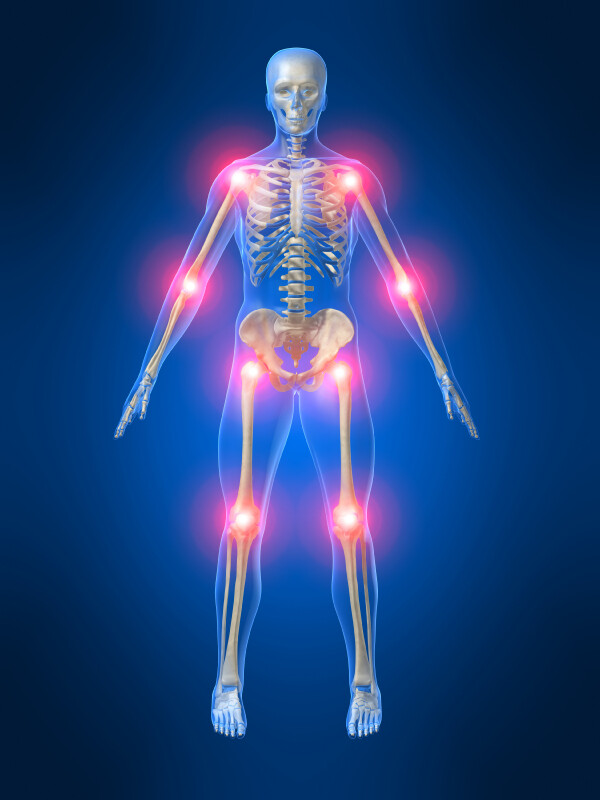
While arthritis and rheumatoid arthritis (RA) both involve joint pain and inflammation, the two conditions are quite different in terms of their causes, symptoms, and treatments. Understanding the nuances between these two types of arthritis is key to managing your condition and improving your quality of life. Let’s take a deeper dive into understanding the differences between arthritis and RA.
What Is Arthritis?
Arthritis is an umbrella term for any disorder that affects joints, including joint pain or joint disease. There are more than 100 types of arthritis, but the three most common forms are osteoarthritis, rheumatoid arthritis, and gout. Osteoarthritis occurs when the protective cartilage on the ends of your bones wears down over time due to aging or injury. It is a chronic condition but can often be managed with lifestyle changes such as diet modification, exercise, physical therapy and medications like NSAIDs.
What is Rheumatoid Arthritis?
Rheumatoid arthritis (RA) is an autoimmune disorder that occurs when your immune system mistakenly attacks healthy tissue in your body—in this case, the lining of your joints—causing inflammation that leads to swelling, stiffness and pain. RA usually affects multiple joints throughout the body at once and is classified as a systemic disease because it can affect other organs such as lungs or eyes in addition to joints. While there is no cure for RA, it can be managed with medications like biologic drugs or corticosteroids as well as lifestyle modifications such as physical therapy exercises or stress management techniques.
Although both conditions cause joint pain and inflammation, arthritis and rheumatoid arthritis are very different in terms of their causes, symptoms and treatments. Osteoarthritis typically affects older individuals due to wear-and-tear on joints over time while RA is an autoimmune disorder caused by faulty immune system responses attacking healthy tissue rather than foreign invaders like bacteria or viruses. Taking proactive steps to manage either type of condition can help you live a healthier life despite your diagnosis so it’s important to understand how they differ from one another in order to make informed decisions about care options available for each type of arthritis.
Here is the link to what I use to manage my inflammation.
Get my free guide "3 ways to reduce inflammation" !
Ask me about the 11 day jumpstart to reduce pain and inflammation
Disclaimer: The information in this article is for educational purposes only and should not be considered medical advice. Please consult with a healthcare professional before making any changes to your diet or lifestyle.
















0 Comments